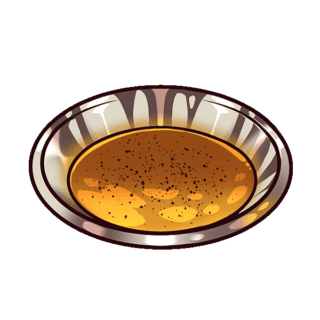Pilav/Pilaf/Osh
This rice dish is found in the cuisines of central Asia, South Asia, western China, the Middle East, the eastern Mediterranean, the Caucasus, Eastern Europe and former Soviet countries, as well as beyond Eurasia in certain cuisines of North Africa, the Caribbean, and South America. It’s also related in its origins to other rice dishes such as the Spanish paella.
Versions of pilaf have been around since antiquity — during these thousands of years it’s spread across the world through many historical junctures and ensuing cultural exchanges; it came to Greece and Macedonia from modern-day Iran after Alexander the Great’s conquest, then later spread throughout the Middle East, Asia, northern Africa, and the Iberian Peninsula during the expansion of Islam. Once again pilaf was absorbed into many Slavic and Eastern European cuisines from the imperial Russian and later Soviet conquests of central Asia and the Caucasus.
As for the dish itself, while there are a million different versions, it all generally starts with a long-grain, relatively low-starch rice (although there are less common versions with other grains like bulgur or even a rice-like pasta like orzo). Basmati is a favorite for those qualities.
Depending on the type, rice can be toasted briefly before water or stock is added for cooking. From there, spices, herbs, and other ingredients are added for flavor. As you would imagine, these vary a lot depending on the regional recipe. A pilaf dish could include many different types of meat or none at all, nuts, fragrant spices and herbs, and even warming fruits like raisins or chopped dates.
The end result, no matter where a pilaf comes from, is a heaping pile of light, flavorful rice complemented by other delicious components. (If you’re in the mood to make your own, you can find all the ingredients at Uwajimaya!)





